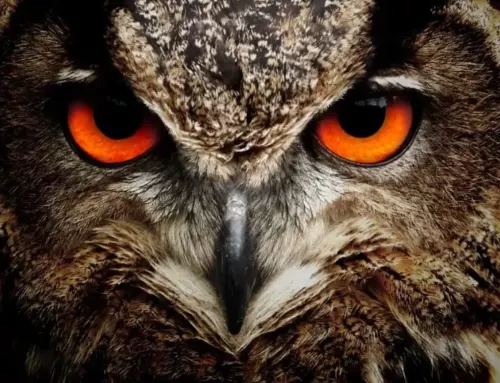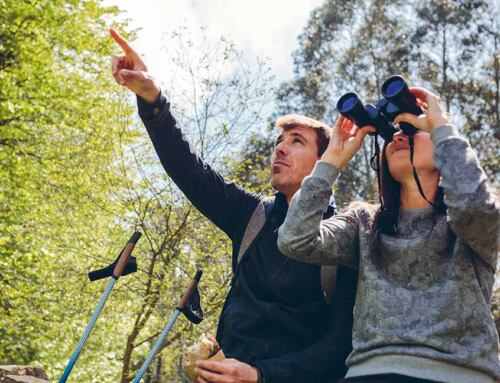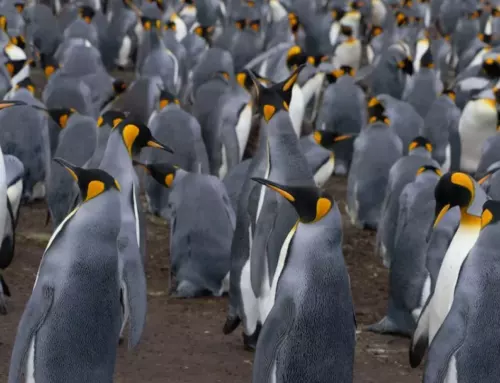There’s something exotic about a penguin with yellow hair. Would you think that there are many species of penguins, all of which have hair that is yellow in color? do penguins have feathers? Or, more specifically, golden crests or feathers perched on their respective heads! There are several varieties of penguins that have yellowish-colored feathers. You will get the opportunity to become acquainted with each types of penguins in this blog written by our professional writers at BetterPetsLife.
Although it may not be immediately obvious to humans because penguins would develop yellow feathers, nature almost always has a purpose for everything. In this piece, you’ll get to know the penguin yellow hair and have a better understanding of the characteristics that set each species apart in such a deliciously entertaining way.
Because penguins are flightless birds and their wings are better equipped for swimming in open water, the feathers on their bodies frequently seem more like hair than they do feathers. However, much like every other species of bird, they have feathers rather than fur and are not hairy in any way. Both in terms of their practicality and their aesthetic appeal, their feathers are simply remarkable.
Now, let’s become acquainted with these unique penguin species with golden feathers.
Yellow Eyed Penguin with Yellow Hair
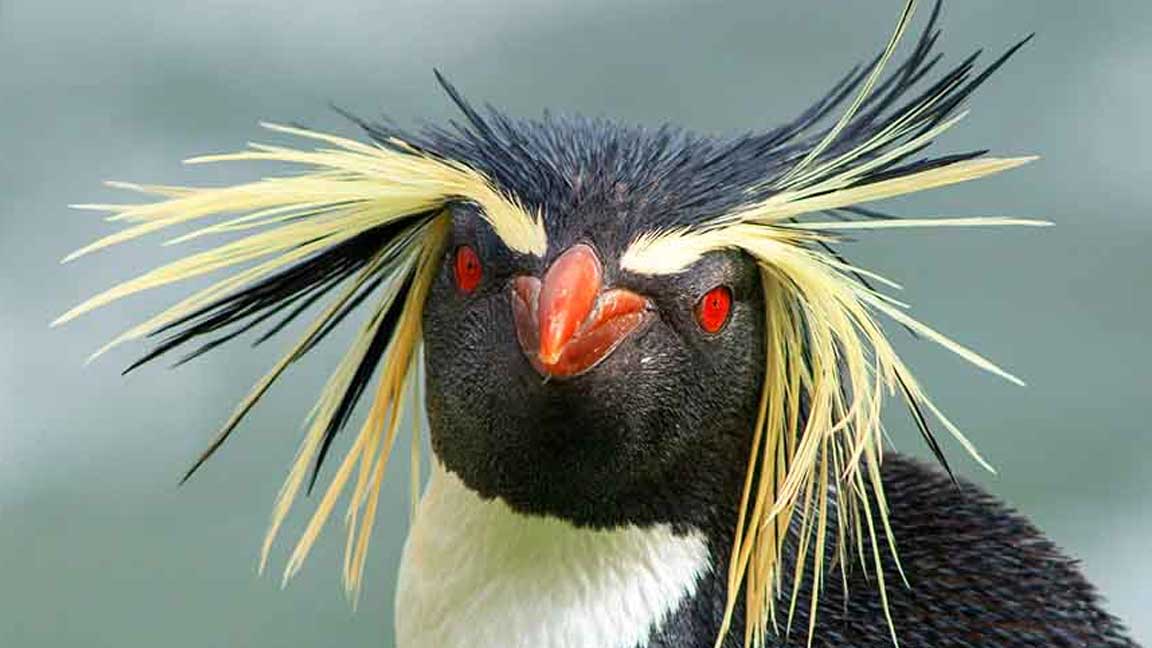
It’s possible that the Yellow-Eyed Penguin, or Megadyptes antipodes, has the most distinctive coloring of all of the penguin species that have yellow feathers on their heads. The reason for this is that in addition to having penguin yellow hair, most penguins also have yellow eyes of a lighter shade. They also develop yellow feathers that begin just below each eye and eventually join behind the head to create a headband-like structure made of yellow feathers.
The Richland penguin, the hoiho, the Yellow-crowned penguin, and the Waitaha are all names that may be used to refer to these birds. However, these names belong to two closely related penguin species that have been extinct over time. The Yellow-eyed Penguin is now included on the list of endangered penguin species.
Snares Penguins
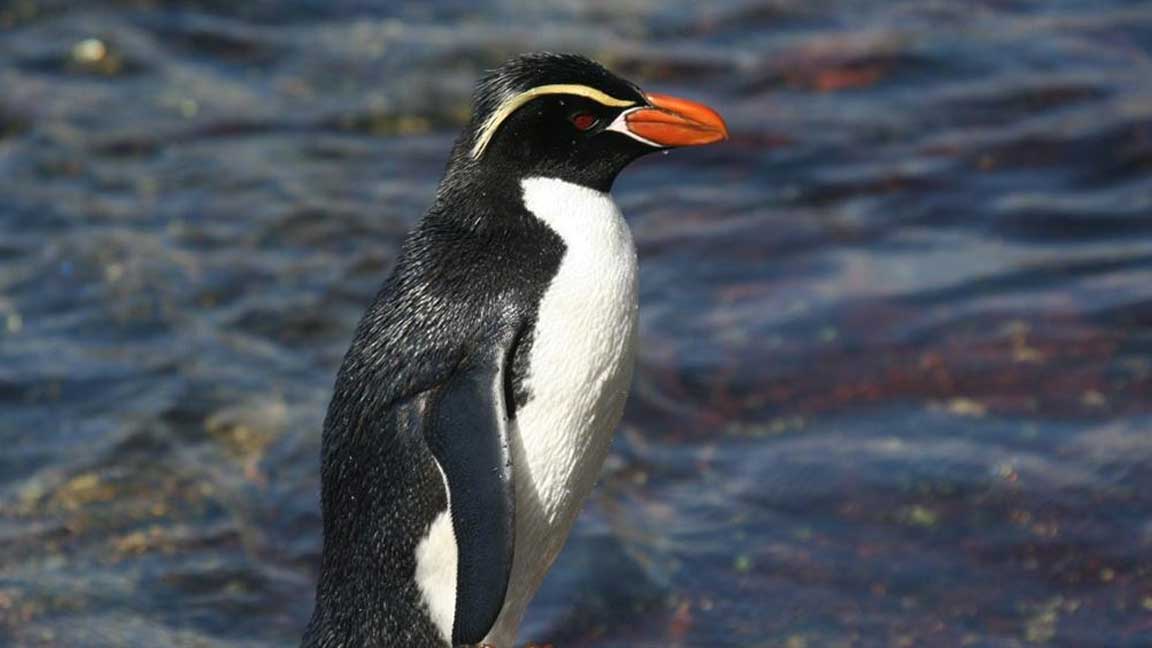
Snares penguins are also called Snares Island penguins and Snares Crested penguins. Eudyptes robustus is their official species name. The Snares Islands in New Zealand are the preferred breeding grounds for these particular penguins, which is where their name originates.
The Snares penguin belongs to the larger crested penguin species. There is an arcing yellow feathered crest above each eye of this penguin species. This gives the animal the impression of having its eyebrows lifted in a permanent state of surprise.
Emperor Penguin with Yellow Hair
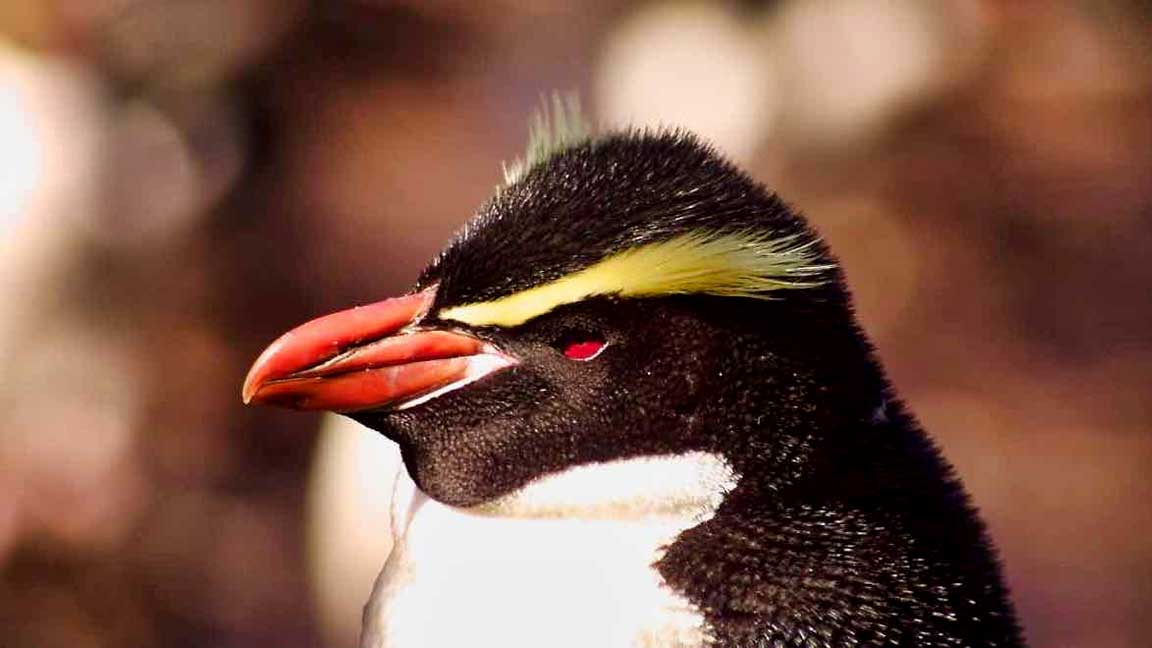
The Emperor Penguin, also known as Aptenodytes forsteri, is the biggest of all the several kinds of penguin. Their golden feathers are only somewhat noticeable compared to their close cousins, the King penguins. The yellow and orange markings of an Emperor penguin are remarkably similar to those of a Royal penguin. A little splash of yellow feathers develops just below the neck region and directly below the eye regions on each side of the head.
In addition, the yellow feathers form a splash just below the neck region. These magnificent penguins never leave the sea ice islands on which they dwell and nest. The effects of climate change are having a devastating effect on their people.
The Rockhopper Penguin with Yellow Hair
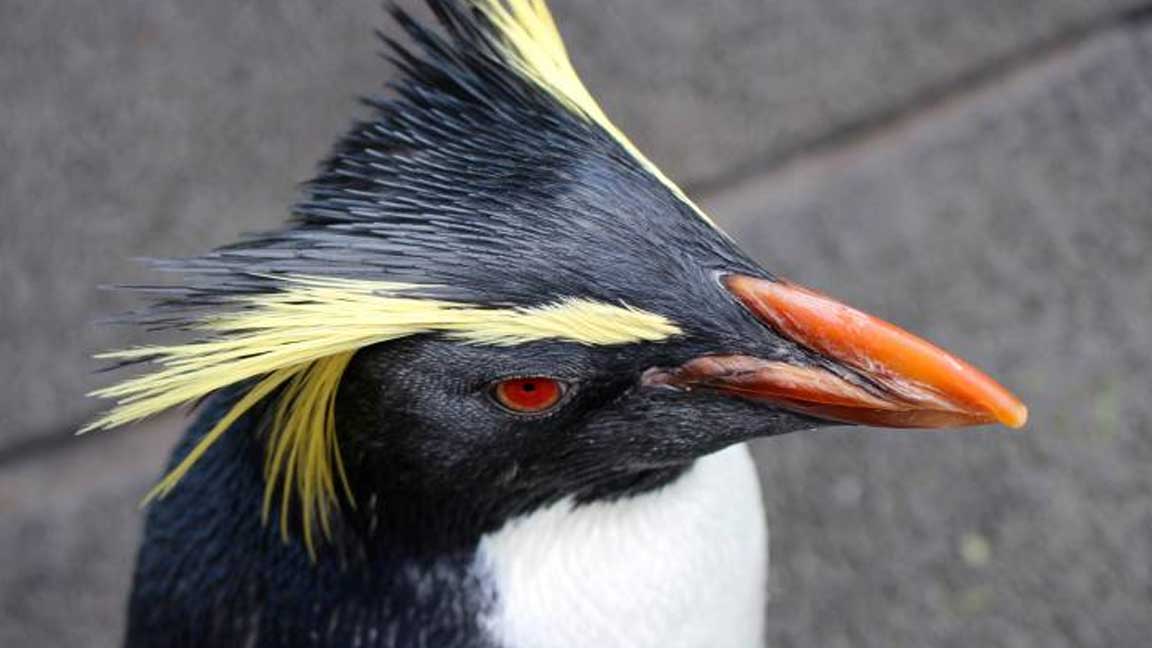
The Eastern rockhopper penguin, the Southern rockhopper penguin (Eudyptes chrysocome chrysocome), and the Northern rockhopper penguin (Eudyptes chrysocome chrysocome) are all referred to collectively as rockhopper penguins, but they are actually three distinct species of penguin (Eudyptes moseleyi).
A remarkable feature of each Rockhopper penguin species is its brilliant yellow “eyebrows” and yellow plumes behind each red eye. These features may be seen in all Rockhopper penguins.
The Royal Penguin with Yellow Hair
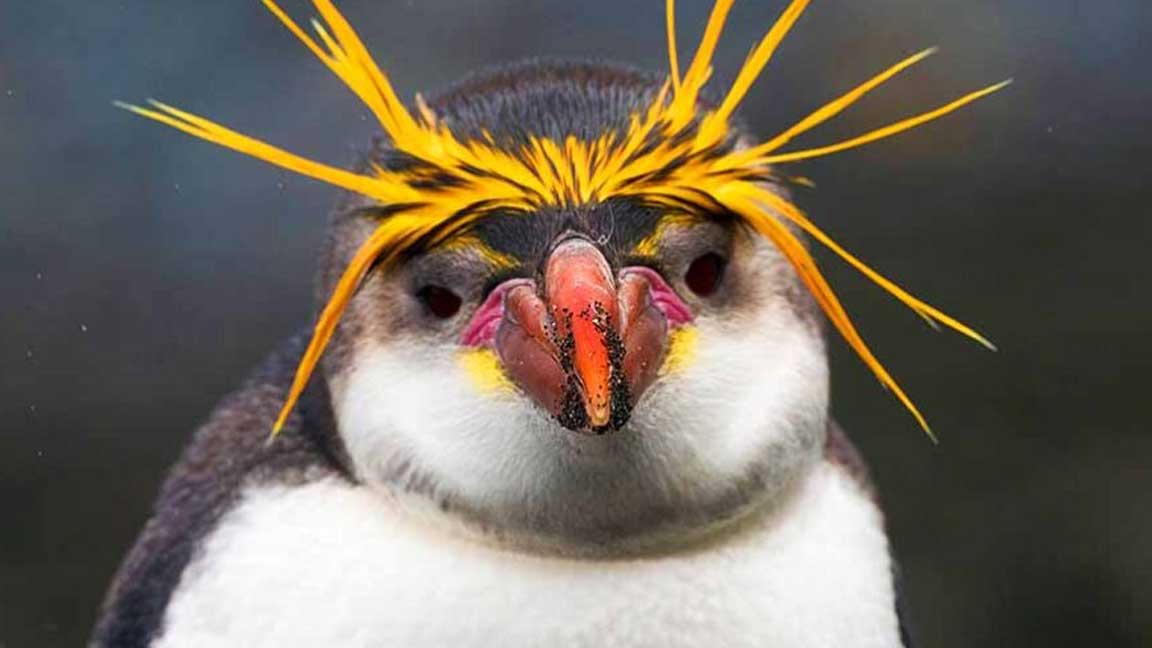
The Eudyptes schlegeli, sometimes known as the Royal Penguin, is classified as a member of the crested penguin species of penguins. These penguins are easily distinguished by their head plumes of yellow and orange feathers. People often get Royal penguins and Macaroni penguins mixed up with one another.
Because of how closely related these two species are to one another, they are capable of having offspring together. The Royal Penguin is considered to be in a precarious situation. Since the killing of these animals for their oil has been made illegal, thankfully, it is believed that the present populations are stable.
Fiordland Penguins
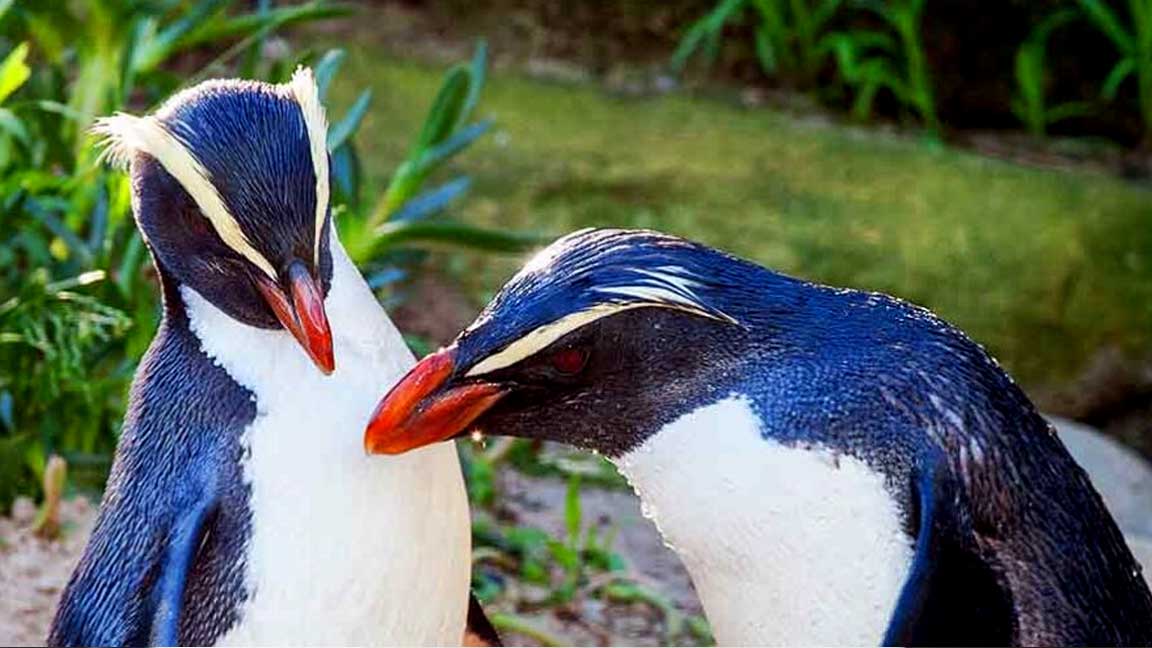
The Fiordland penguin is also called the New Zealand crested penguin, the thick-billed penguin, the tawaki, and the Victoria penguin. Its scientific name is Eudyptes pachyrhynchus. A Fiordland Crested penguin is another name for this species. The crest of these penguins is a swath of yellow feathers that starts at the tip of their upper beak. It looks like a pair of yellow eyebrows that are very bushy. This is the end of the crest. These things that people call eyebrows go all the way up to the top of the head and hang down the middle of the back of the neck.
Fiordland penguins are interesting because they only come out at night. The government says that these shy birds are a threatened species. They are in danger of going extinct because humans and new predators are moving into the places where they usually live and breed, such as on islands and along shorelines.
Erect Crested Penguins

Eudyptes sclateri has bristly yellow and black feather plumes over each eye. The illusion is that a ring of luscious golden lashes surrounds each eye.
Only on two very tiny islands close to New Zealand do these stunning penguins have the chance to procreate. They are now regarded to be a species that is in risk of extinction. They would much rather spend the whole winter season at sea, and they will only go to shore to breed when the time comes.
King Penguins
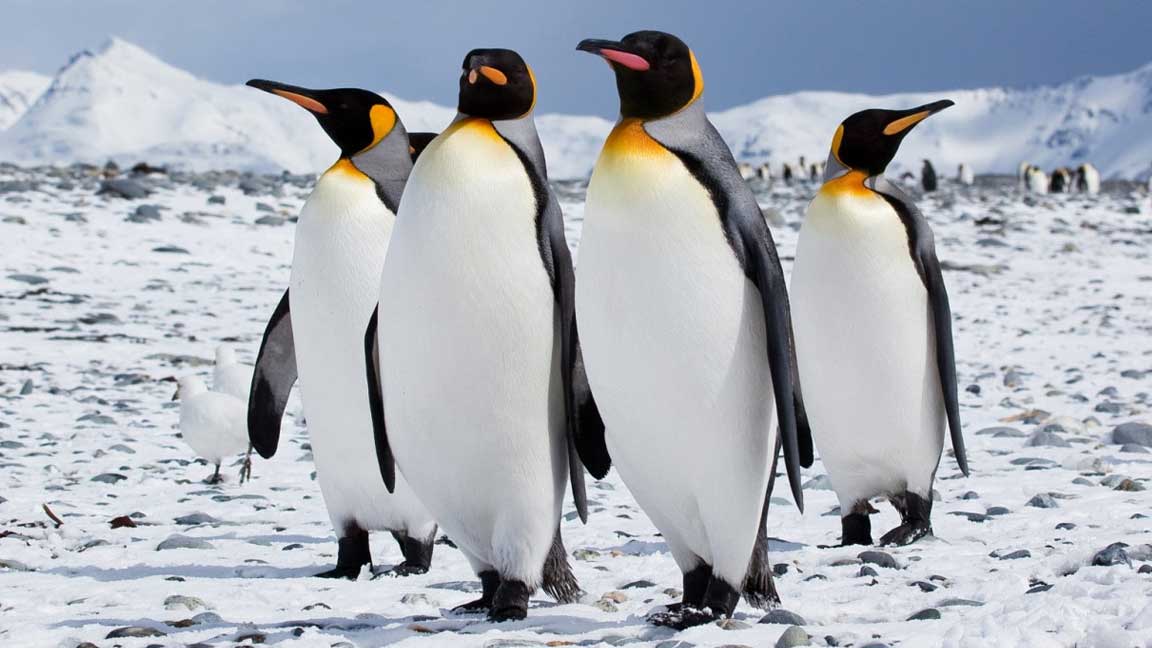
The King penguin, or Aptenodytes patagonicus, is one of the two biggest penguin species around the world; the Emperor penguin, which is closely related, is the bigger of the two. The King penguin was given its name because of its size. Aptenodytes patagonicus is one subspecies, while Aptenodytes patagonica halli is another.
These magnificent birds have beautiful patterns in the colors yellow and orange that resemble sunrises and sunsets on their lower bills, upper chests, and in the region behind their eyes. It is a source of great relief that, at a time when the populations of so many kinds of penguins are dwindling, the number of King penguins around the globe is considered to be growing.
Macaroni Penguins

The macaroni penguin, or Eudyptes Chrysolophus, got its cheeky popular name from the hairlike yellow feathers that form its crest. When these penguins were given their name, “macaroni” referred to a guy who dressed flashily rather than a delectable dish of pasta. Except for their black chins, these penguins seem identical to their close cousins, the Royal penguins.

